When Daway returned to his family land in 2000, it was a wild jungle. It had been abandoned for quite a long time and was severely damaged by the floods in 1959. Daway initially wanted to come back here and live a simple, quiet life in the woods, so although he never received any landscape design training, he still put in much thought and effort to create a pleasant living space. Shortly after Daway returned to his hometown, and started to learn more about their language and culture. Eventually, Daway transformed this piece of land into the “Pinialay mupuzah Pazeh a reten” Cultural Park, a place where the people’s stories and history can be preserved.


Before plastic bags existed, people used the leaves of the Giant Elephant’s Ear plant to carry vegetables, fish, and meat. Although most people are taught in school that the Giant Elephant’s Ear is a poisonous plant and we should stay away from them, Daway points out that the leaves are actually safe, it’s the sap inside the stems that are poisonous. If you are stung by a bee or other insects outdoors, put the sap onto the wound and it will reduce the swelling.
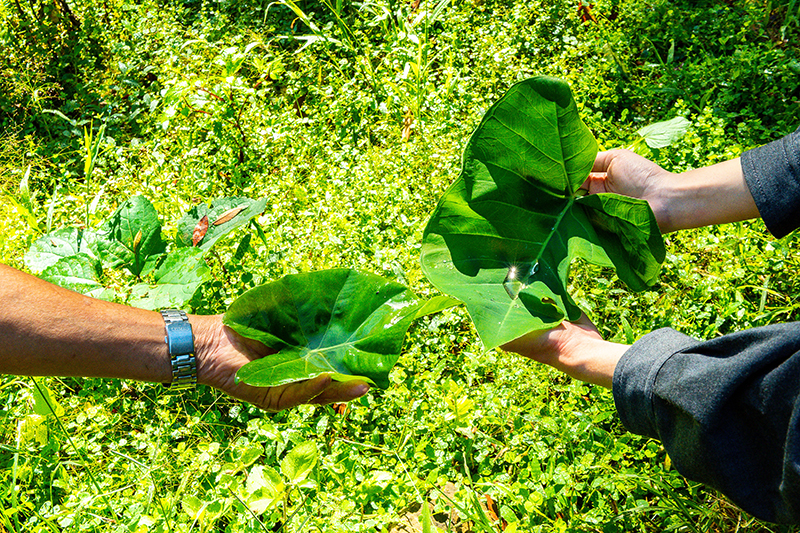
Left: Giant Elephant’s Ear, right: Taro.
 Taro (dukun) looks very similar to Giant Elephant’s Ear, but there is one way to tell them apart. Sprinkle water on the leaves: if the water forms little drops on the leaves, then this is taro because its leaves are covered with fuzz; but on the leaves of the Giant Elephant’s Ear, the water will spread out and stay on the surface.
Taro (dukun) looks very similar to Giant Elephant’s Ear, but there is one way to tell them apart. Sprinkle water on the leaves: if the water forms little drops on the leaves, then this is taro because its leaves are covered with fuzz; but on the leaves of the Giant Elephant’s Ear, the water will spread out and stay on the surface.

There is a substance on the outside of the Chinese sumac fruit which is similar to salt. Back in the day if the mountain indigenous peoples could not get salt through their trades, they would use the substance from Chinese sumac trees instead.
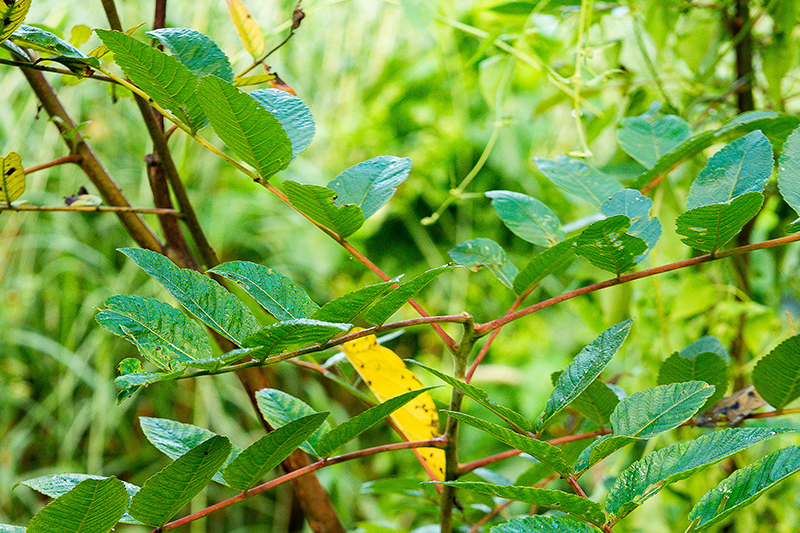

The Parabarium linearicarpum is easy to identify. If you get thirsty in the mountains, eating Parabarium linearicarpum leaves can quench your thirst. This plant is also used in Chinese medicine to reduce swelling.
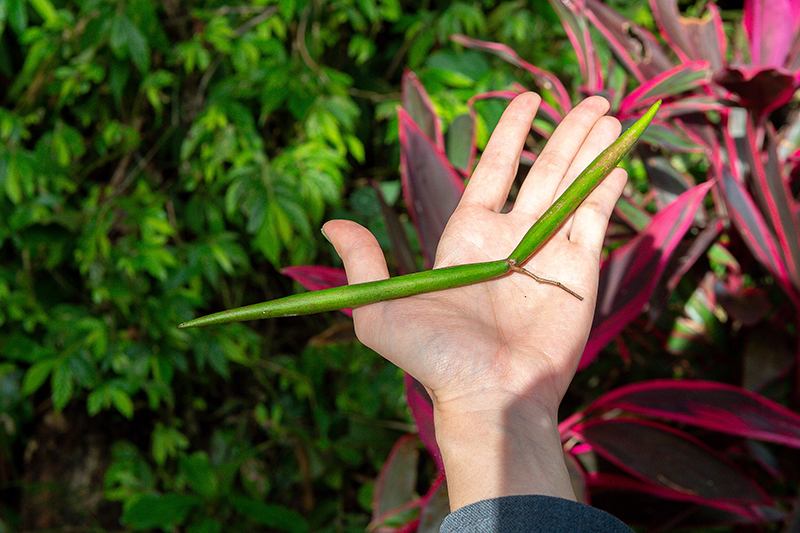
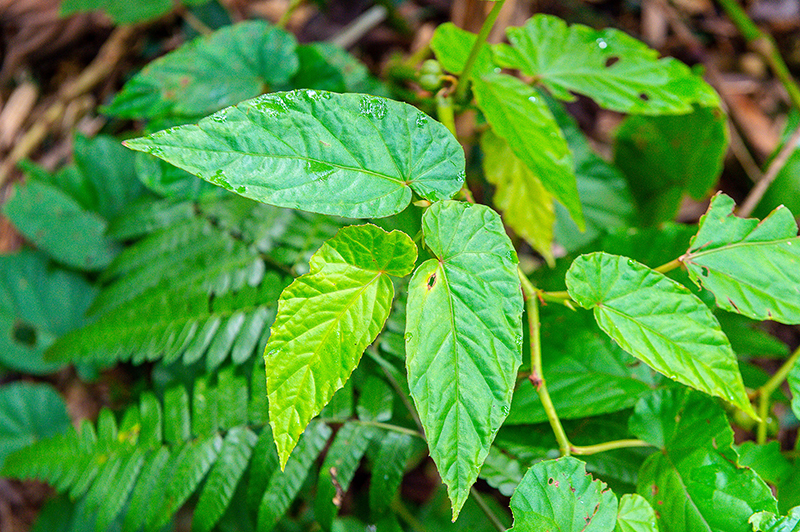
The stems of wax begonia also carry much water and can be drunk when thirsty

In the early days, longan trees were a source of income as people in the rural areas will sell longans in the city in exchange for daily supplies. It’s very similar to the situation in chicken farms: many farms raise chickens but their family only gets to eat it a few times a year as most of the chickens are sold for money. Chicken is only served on special occasions or when relatives come to visit.

 If you see a Longan tree, there must be someone living nearby!
If you see a Longan tree, there must be someone living nearby!

The Formosan Palm serves many purposes for mountain indigenous peoples: it is used as brooms or as roofs to shield them from wind and rain. For the Pazeh, the rough leaves of Formosan Palm are the best tool to string fish and shrimp when catching fish by the streams.


Nicknamed “deer tree”, common paper mulberry is the perfect tree for raising deer because deer love its tender leaves. The bark of common paper mulberry is good for making paper pulp, so community members used to trade the tree bark for other goods.
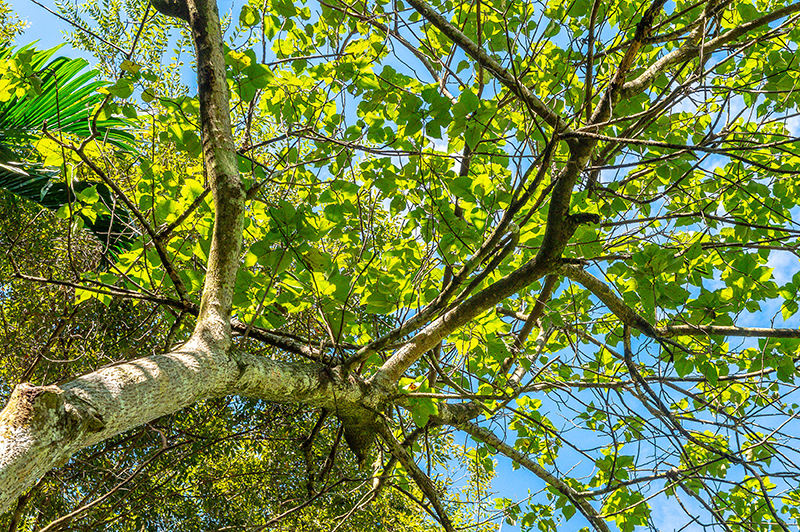

Cooked Schefflera leaves can remove the toxins of stinging nettle and poisonous woodnettle. In addition to being an emergency antidote in the mountains, schefflera is also a toy used in indigenous children’s games. Children would pick off all the leaves and use the bent point of the stems as the axle center and spin the entire stem with their fingers. The stem that falls off first loses!
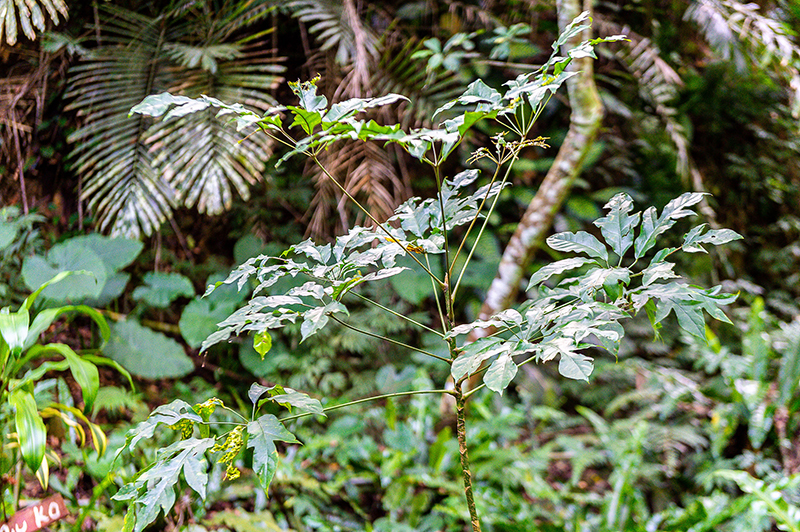
 If you are competing with others, remember to find the stem with the sharpest angle.
If you are competing with others, remember to find the stem with the sharpest angle.

Also known as mountain soursop, Ananah fruits are often enjoyed by the community members. It is especially popular in Puli and hailed as the “Fruit King”.
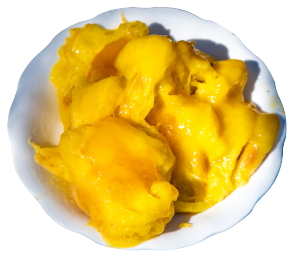

Taiwaniana Alsophila is a prehistorical species and has appeared in the movie Jurassic Park. It is a type of landscaping plant.


Moss is considered green silk by the Pazeh and the most popular natural food enjoyed by the Taiwan Plains Indigenous Peoples. Villagers collect moss grown on the rocks in unpolluted river valleys and rise them thoroughly, then they soak the moss in the pond and stir them to clear out dirt and other impurities. The clean moss, which is healthy and delicious, can be enjoyed as a cold dish or cooked in soups.
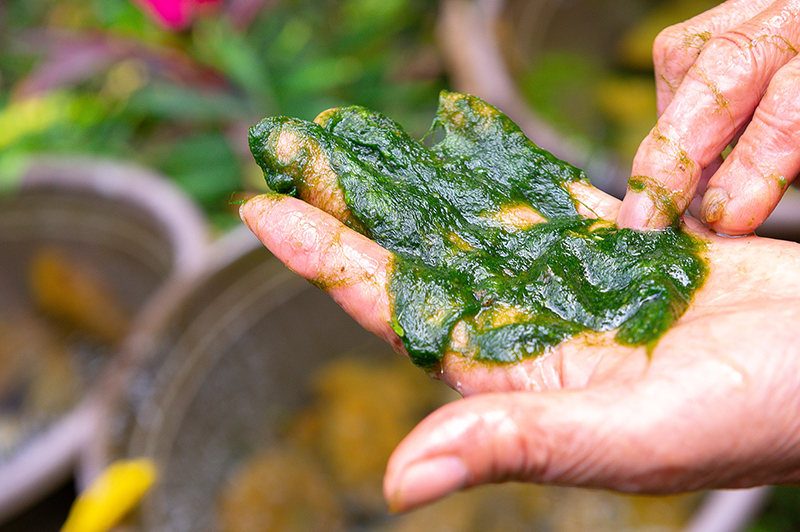

Lanceolate Blumea has a very mild feature which is neither too warm nor too cool. When you have a cold, the plant can be made into soup to alleviate the symptoms, and its leaves can be used in chicken soup for new mothers after giving birth. Due to its health benefits, the march marigold is also known as “Pazeh Ginseng”.
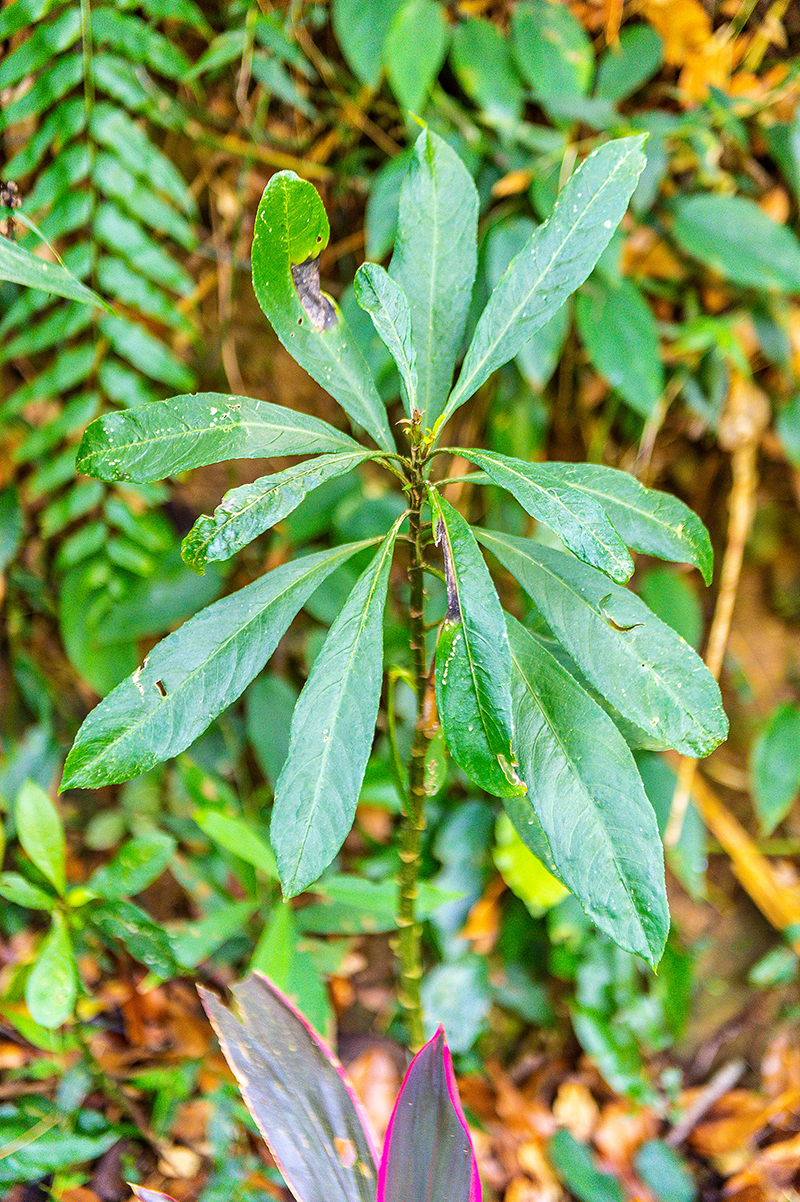

In addition to the common boar traps, Daway also taught Adoor how to make traps to catch shrimp and bamboo partridge. Community members used to get their meats this way.
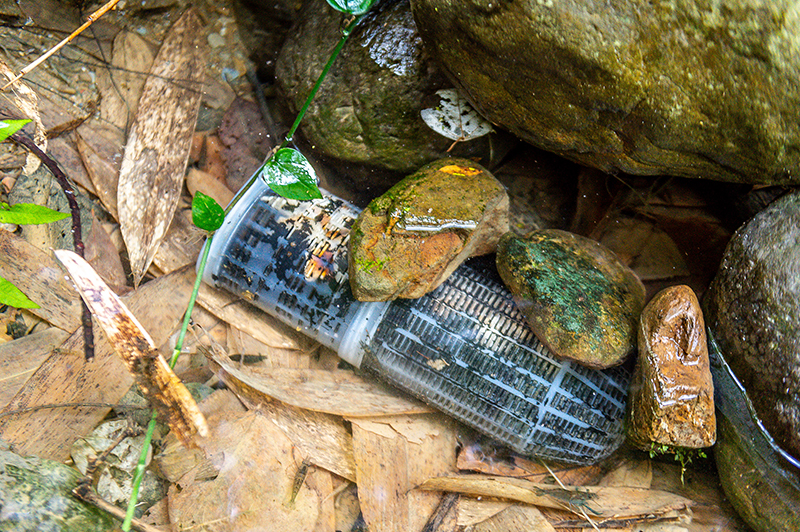
Traditional shrimp cages were made with bamboo before plastic was available.
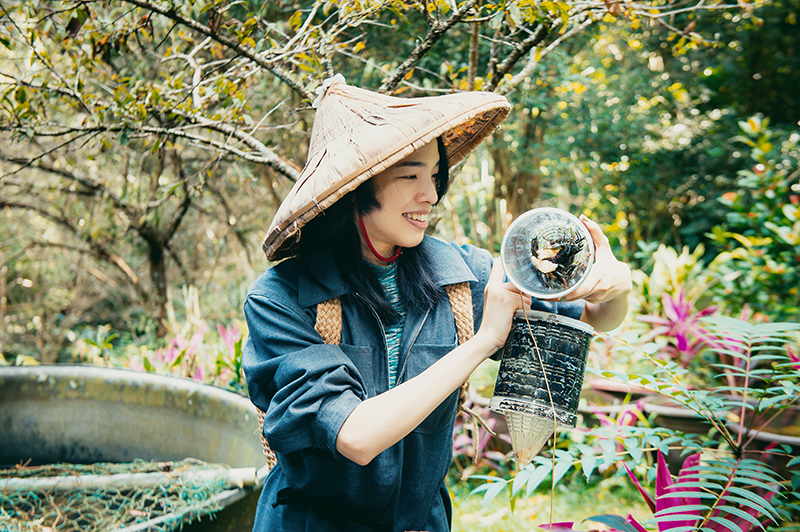
Villagers will place food at the bottom of the cage to lure shrimp into the trap. After the shrimp swim in to get the food, they cannot escape. Roasted rice and rice bran, which smell wonderful, were used as bait; but nowadays it is easier - hot toast would suffice!

Bamboo Partridge Trap: Unlike the boar trap which has to be camouflaged to look as natural as possible, bamboo partridge traps can be placed anywhere. Boars are very smart and know that they should avoid trails that people frequent and flee when they smell the scent of people. But bamboo partridge will walk right into the trap.
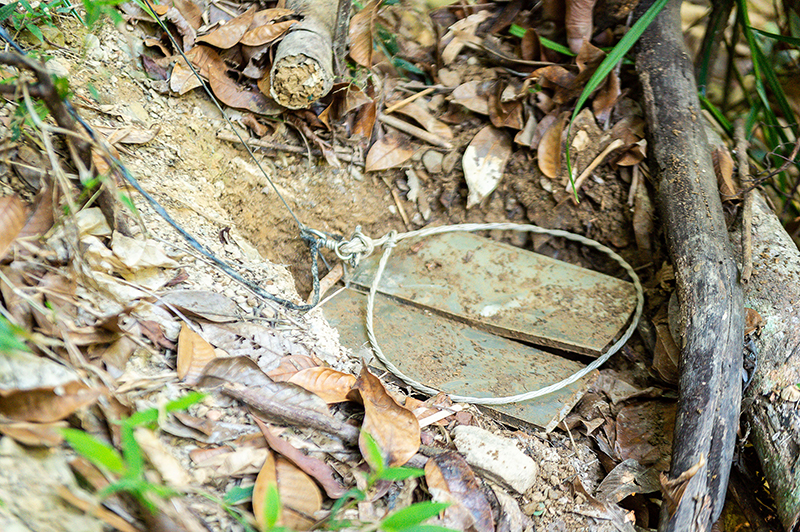
Boar Trap

 When our ancestors built the stone walls, they surrounded one stone with six others. This method can stabilize the wall as well as the soil and gravel behind it so that it will not collapse easily. These stone walls survived the 921 Earthquake, which proves they are very strong.
When our ancestors built the stone walls, they surrounded one stone with six others. This method can stabilize the wall as well as the soil and gravel behind it so that it will not collapse easily. These stone walls survived the 921 Earthquake, which proves they are very strong.




